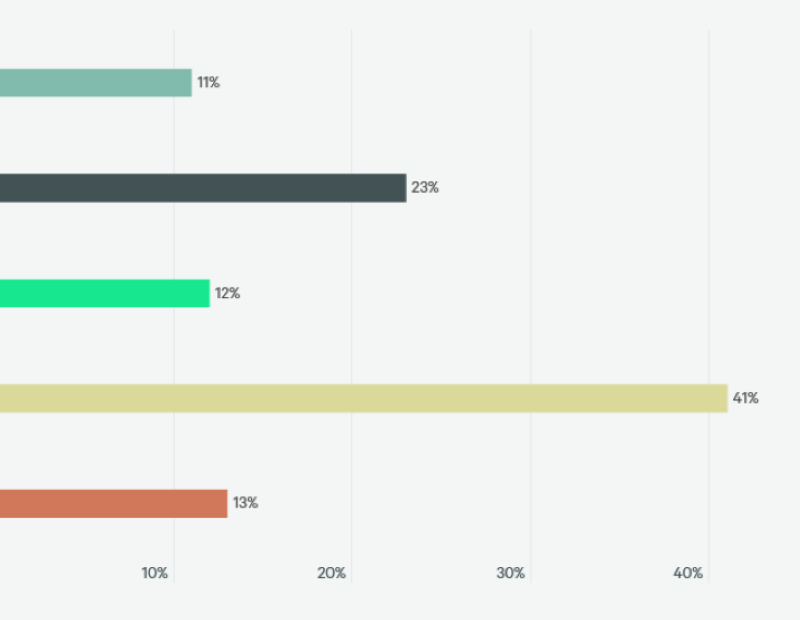Dark Store Theory: Pros, Cons of a New Tax Strategy
Some big-box retail owners finding it difficult to re-tenant their assets are proposing a new way for tax assessors to value their properties. Stan Johnson Co. Senior Director Brad Feller and Associate Blaise Bennett dissect the concept.
By Brad Feller & Blaise Bennett
With e-commerce and other influences continuing to pressure traditional brick-and-mortar stores, retailers have sought every possible avenue to find relief. Footprints are shrinking, stores are closing and retailers are exploring cost-saving measures—everything from negotiating lower rents and expense structures, to petitioning local governments for tax reductions. This last option is known as Dark Store Theory (DST), and it’s a relatively new concept—but it is one that retailers are beginning to pursue at a rapid rate, and landlords as well as local governments are taking notice.
Simply put, DST posits that county tax assessors and appraisers should value a retail property based on its unoccupied, or “dark” value, rather than its highest and best use, which typically assumes the property is occupied by a retailer paying a market rent. DST argues that whether a store is open or not has no impact on the underlying value of the real estate, and that buildings should be appraised and valued based on the physical attributes of the real property.
Benefits and Drawbacks
The rationale behind DST is that big-box retail properties have become increasingly difficult to re-tenant, particularly with the growth of e-commerce and its effect on the demand for big-box retail. If big-box tenants elect to vacate existing properties, the buildings could sit empty for months, if not years, as the landlords work to re-lease the facilities to other tenants. Proponents of DST argue that regardless of whether the original tenant is occupying the building, the landlord has re-tenanted the facility with an occupant paying a below-market rent, or if the building is sitting vacant and no rent is being received, the value of the real estate is the same and should be assessed as such.
As expected, local governments are less than eager to adopt DST. Property taxes paid by commercial landlords and tenants are used to finance many community services, including supporting infrastructure, schools, fire and police services, among others. Lower tax revenue translates to less funding for these important services, and unless the municipalities can recoup the losses elsewhere, the burden would likely fall to residential taxpayers.
To illustrate the potential impact on a local community, consider a 150,000-square-foot big-box home improvement store. If the current assessed value is $50 per square foot, but the retailer petitions the county to reassess the property at a value of $25 per square foot based on recent sale comparables from nearby vacant stores of a similar size and age, the corresponding tax revenue would be cut in half. The original assessed value of $7.5 million would become $3.75 million, and the county’s tax revenue would be impacted significantly. Now, multiply that by hundreds or thousands of properties across a single community, and we begin to see the concern expressed by local governments.
Supporters of DST, however, argue that in order to support local economies by providing retail goods at low costs, not to mention creating and sustaining jobs in the area, they must be able to operate at the lowest possible cost, which includes paying their fair share of taxes.
We are seeing a number of retailers take to the judicial system to argue for a reduction in property tax liability, and while many are using DST as their argument, not all are winning their cases. DST is not a widely adopted concept, and traditional assessment and appraisal practices may keep it from becoming the new normal. However, litigation is underway in several states, and it’s possible that legislation may follow.
Image by ZW Photography








You must be logged in to post a comment.